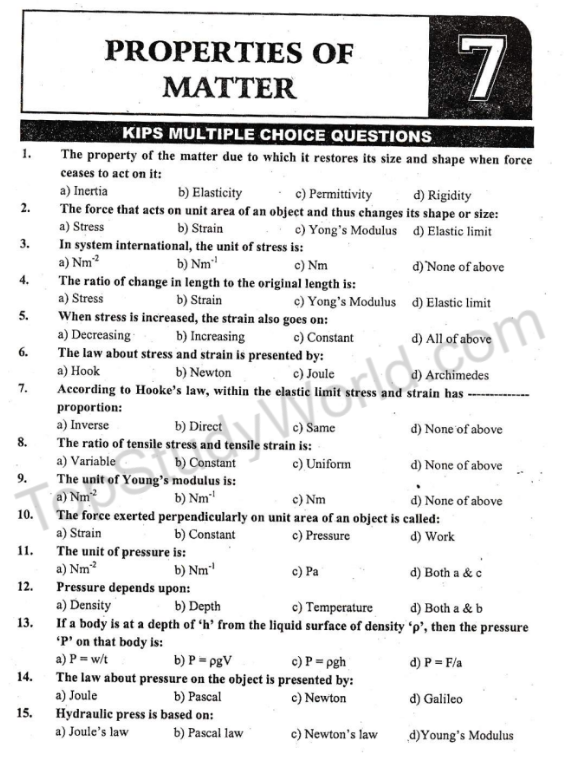Are you looking for Chapter 7 Physics Class 9 Pdf? You are at the right place. You can download the complete exercises, numerical, short questions and MCQs of the unit 7.
Preview of Chapter 7 Physics Class 9 Pdf

Are you looking for Chapter 7 Physics Class 9 Pdf? You are at the right place. You can download the complete exercises, numerical, short questions and MCQs of the unit 7.
